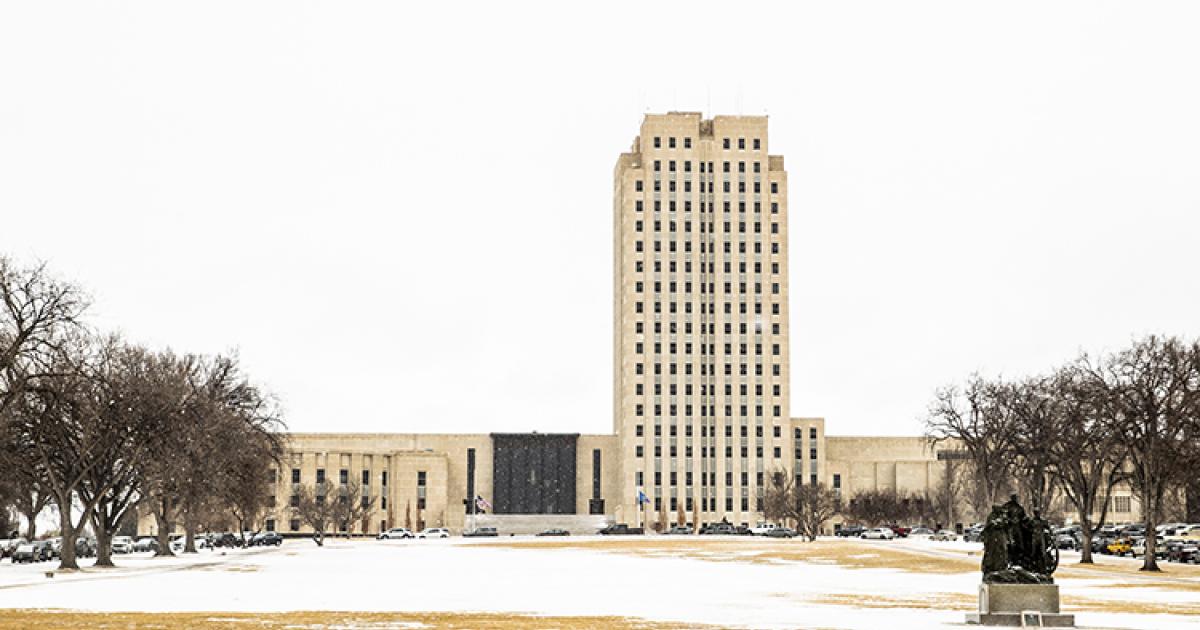The electric industry has always been interesting to me. However, my kids, judging by the glazed expressions and sudden urges to exit when I start talking shop, think otherwise.
I hope one day, when they’re grown and pay their own electric bills, they’ll find their old man and electric cooperatives far more interesting. Or at the very least, they’ll understand how not to waste electricity.
Quick story.
I came home early from work one day after everyone had left for school. The house was empty, but lit up like Times Square. Lights were on everywhere.
I would never, ever blame my wife, of course. So naturally, it had to be the kids.
I darted around the house turning off lights, teeth clenching more with each flick of the switch. Then I did what any rational, passive aggressive dad would do: I intensely wrote the number nine on a sticky note and stuck it on the fridge. Later at dinner, I casually asked, “Does anyone know why the number nine is on the fridge?”
My smart-aleck son, without missing a beat, replied, “Because you put it there.”
“Yes!” I said, “because NINE, there were NINE (insert adjectives) lights left on, and no one was home!”
My other smart-aleck son replied, “But Dad, you work for an electric company. Isn’t that good for business?”
“Wrong!” I said with a grin.
Since they opened the metaphorical door, I barged right on through. I will spare you the play-by-play, but following is the “cliff notes” version.
We are members of an electric cooperative – not customers.
We are member-owners. Electric cooperatives are not-for-profit utilities that operate at cost and are owned by the people they serve. Any margins are reinvested into infrastructure and service or returned to member-owners as capital credits, which reflect each member’s share of ownership based on electricity use. Over time, as equity builds, these credits are paid out.
Cooperatives are self-regulated and governed by elected directors from within the membership, who are responsible for acting in the best interest of the co-op and its members. Electric cooperatives are grounded (like electricity, get it?) in the cooperative principles and prioritize reliability, affordability and safety.
Electric cooperatives manage growth, mitigate risk, build community and plan for the future. But the challenges are mounting. Electricity demand is at a 20-year high. Meanwhile, supply chain disruptions and high inflation strain utilities.
The good news? Co-ops aren’t built to profit; they’re built to serve. For generations, they’ve adapted to every challenge. They’ll continue to do so, staying true to their mission of putting members first, ensuring the kids of future generations can also leave the lights on.
___
Josh Kramer, editor-in-chief of North Dakota Living, is executive vice president and general manager of NDAREC. Contact him at jkramer@ndarec.com.










